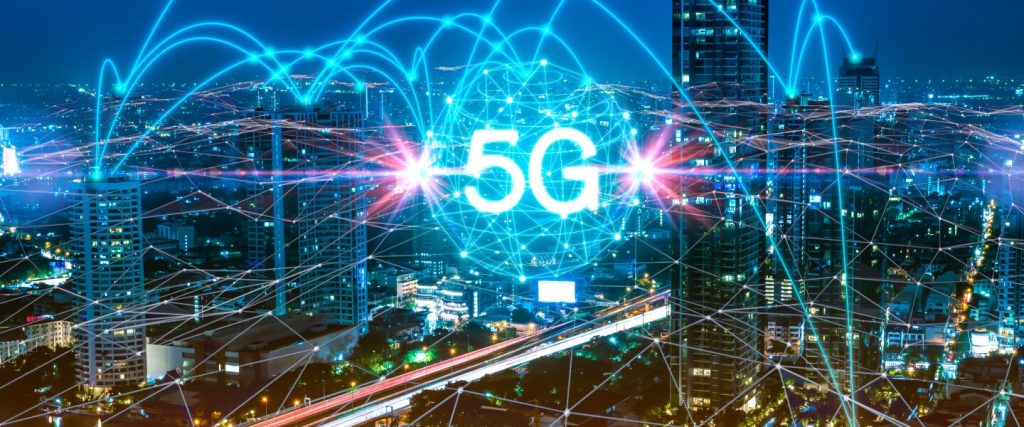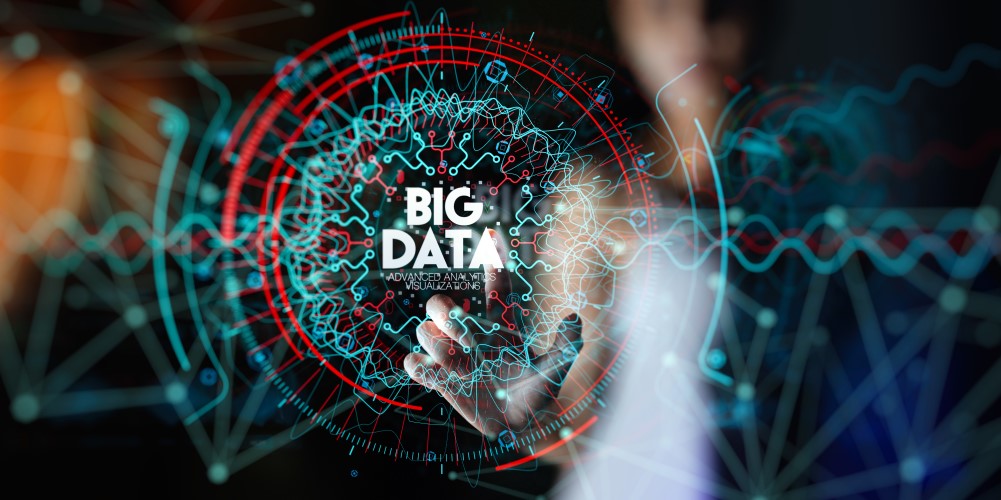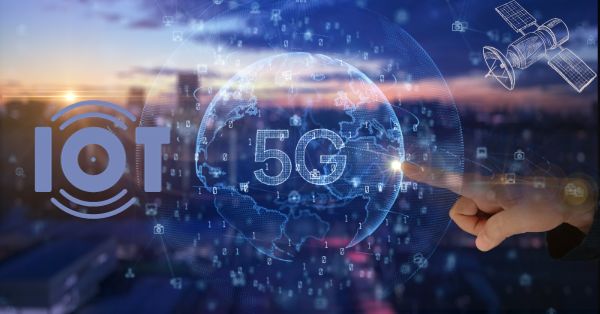
The Internet of Things (IoT) has been steadily transforming the way we live, work, and interact with the world around us. From smart homes and connected cars to industrial automation and environmental monitoring, a vast network of interconnected devices is generating a symphony of data. However, the full potential of IoT has been tethered by limitations of existing network technologies. Enter 5G, the next-generation mobile network, poised to unleash a revolution in the realm of IoT applications.
Breaking the Bandwidth Barrier:
One of the biggest hindrances for IoT has been bandwidth limitations. Traditional networks often struggle to handle the massive amount of data generated by numerous connected devices. 5G, with its significantly increased bandwidth capabilities, offers a solution. Imagine a world where billions of sensors can transmit data in real time, enabling faster processing and near-instantaneous responses.
Lower Latency, Faster Decisions:
Latency, the time it takes for data to travel between devices, is another crucial factor in IoT. 5G boasts significantly lower latency compared to its predecessors. This translates to real-time data processing, enabling applications that require immediate responses, such as remote surgery, autonomous vehicles, and industrial control systems.
A Symphony of Connected Devices:
With 5G’s ability to connect a much higher number of devices per square kilometer, we can expect a proliferation of connected devices unlike anything seen before. Imagine smart cities with interconnected traffic management systems, environmental monitoring sensors, and intelligent streetlights – all communicating seamlessly to optimize resource utilization and enhance city life.
Unlocking the Potential of Big Data:

The vast amount of data generated by IoT devices offers valuable insights that can revolutionize various sectors. 5G’s increased bandwidth and processing power will facilitate real-time analytics at the edge of the network, enabling faster decision-making and predictive maintenance.
Emerging Applications and Use Cases:
The impact of 5G on IoT extends far beyond just speed and bandwidth. Let’s explore some exciting application areas fueled by 5G:
- Smart Manufacturing: Real-time monitoring of factory equipment, predictive maintenance, and optimized supply chains are just a few ways 5G will transform manufacturing.
- Smart Cities: Traffic management, environmental monitoring, and connected infrastructure will become a reality with 5G’s ability to connect a multitude of devices.
- Connected Healthcare: Remote patient monitoring, real-time diagnostics, and telemedicine will benefit tremendously from 5G’s low latency and high bandwidth.
- Autonomous Vehicles: The dream of self-driving cars hinges on real-time communication and accurate data transmission – both of which are facilitated by 5G.
- Augmented Reality (AR) and Virtual Reality (VR): 5G’s low latency will enable seamless AR/VR experiences, opening doors for innovative applications in education, training, and entertainment.
Challenges and Considerations:
While 5G presents a revolutionary opportunity for IoT, challenges remain. Network infrastructure needs to be developed to support 5G’s full potential. Additionally, security measures must evolve to protect the growing number of interconnected devices. Furthermore, the cost of implementing and maintaining 5G infrastructure requires careful consideration.

The Future is Connected:
The convergence of 5G and IoT is ushering in a new era of hyper-connectivity. This will empower businesses, governments, and individuals to unlock new possibilities and create a more intelligent, efficient, and connected world. As 5G continues to roll out globally, it will be fascinating to see the symphony of innovative IoT applications that emerge, transforming the landscape across various industries.

